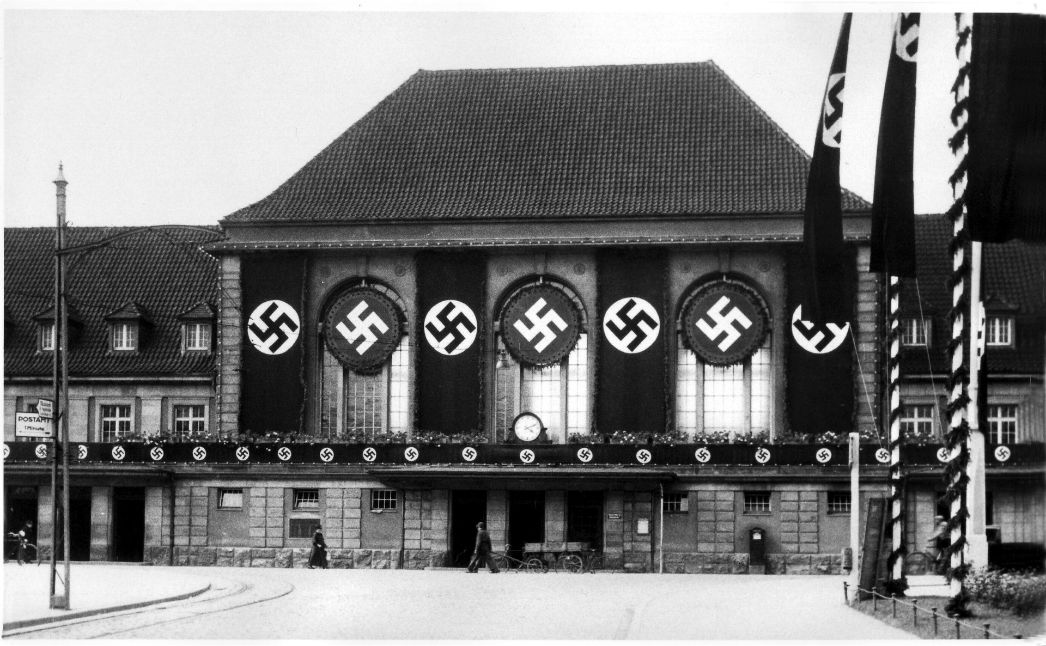
Almost 10,000 Jewish men were deported to the Buchenwald concentration camp in the days following the November pogrom of 1938. They came from cities including Breslau, Dresden, Frankfurt, Bielefeld, Aachen and the whole of Thuringia. They were transported to Weimar's main railway station by the Reichsbahn, where they were driven through the tunnel and beaten up by SS men and auxiliary police. Survivor Ernst Cramer remembers: "Seemingly for no reason at all, we were herded together like cattle and beaten against the wall [...] 'Go, go!' our tormentors shouted and drove us out with their batons down the stairs to the station forecourt. Lorries were waiting there. We were crammed into them. When they seemed overcrowded, more and more people were beaten into them."
The abuse took place in public. Klaus Engelhardt from Weimar reports: "The news spread like wildfire among us children that Jews were being 'unloaded' at the railway station". In the early years, most of the Buchenwald inmates arrived at the main railway station, most recently large transports from Poland in October 1939. The freight depot was subsequently used.
A memorial plaque commemorating the arrival of the victims of the anti-jewish pogrom in Weimar was placed at the east entrance to the main railway station in 1998.
